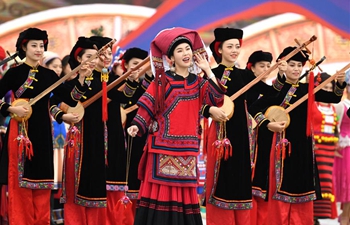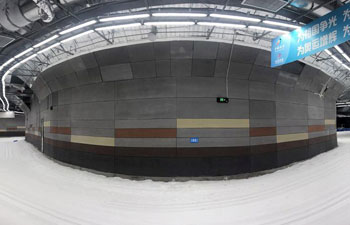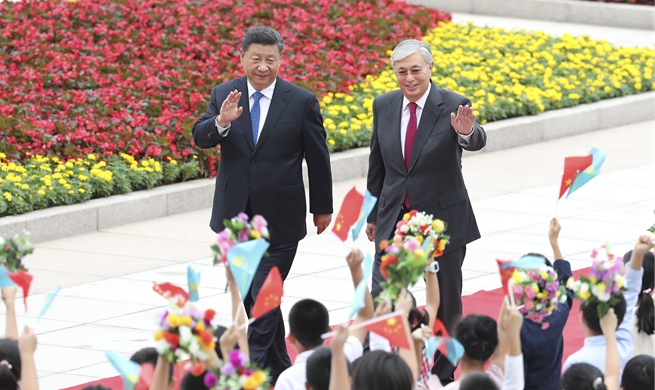BUDAPEST, Sept. 12 (Xinhua) -- The ratio of pupils to teachers in Hungary's primary schools stands at 10:8, which is one of the lowest in the European Union, the Hungarian news agency MTI reported here on Thursday.
"The ratio is well under the 14:7 average for the European Union (EU) as a whole. Ratios are lower in just four members states: Poland, Lithuania, Greece and Luxembourg," MTI said.
Across the EU, the average number of pupils per teacher at primary level in 2017 was 14.7, though the figures vary across the member states. The highest pupil-teacher ratios were reported in France (19.6), Romania (19.4) and the Czech Republic (19.1).
In 2017, at primary school level, there were 29.3 million pupils and 2.2 million teachers in the EU member states. Pupils enter primary school programs between the ages of 5 and 7, according to the latest figures released by Eurostat.
These programs are typically designed to give pupils a sound basic education in reading, writing and mathematics, along with an elementary understanding of other subjects, such as history, geography, natural and social sciences, art and music.
Although it is widely believed that a low pupil-teacher ratio indicates better education -- as teachers can concentrate on fewer children -- it is also a sign of demographic problems. In the 1980s, classrooms with 35-38 children were common in Hungary, while today, a class of 20 pupils or less is not considered extraordinary.













